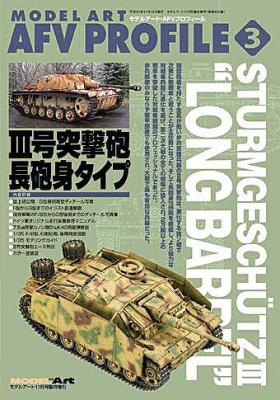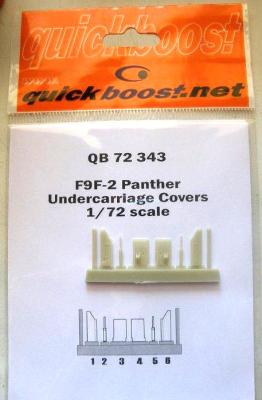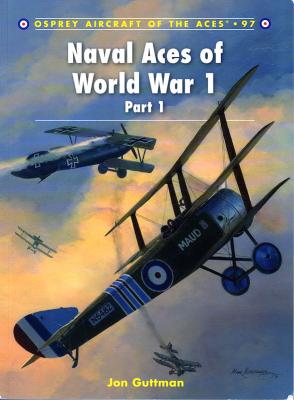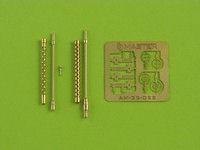Spoiler alert – if you don’t want to know what I think, go to the next paragraph. This is THE only book you will need to own for reference on the P-39 Airacobra. Printed on high quality gloss paper, this paperback book is printed on A5 size with 160 pages chock full of information. Modelers will love the information included in this book.
The very first thing you will notice upon opening the book is four view drawings of the P-39F and Q in 1/48th scale and the P-39Q in 1/32nd scale. If you build 1/72nd scale, fear not – there are plenty of 72nd scale drawings throughout the book. OK, 1/144th scale guys, there are drawing in the book for you as well.















